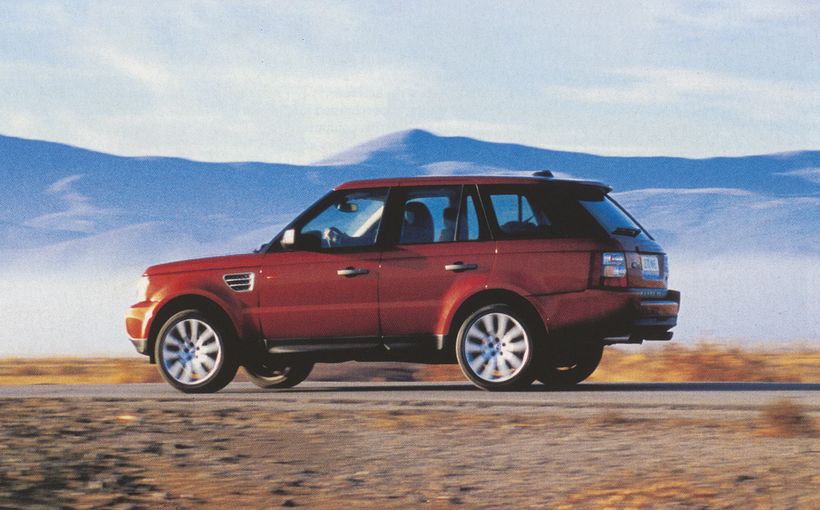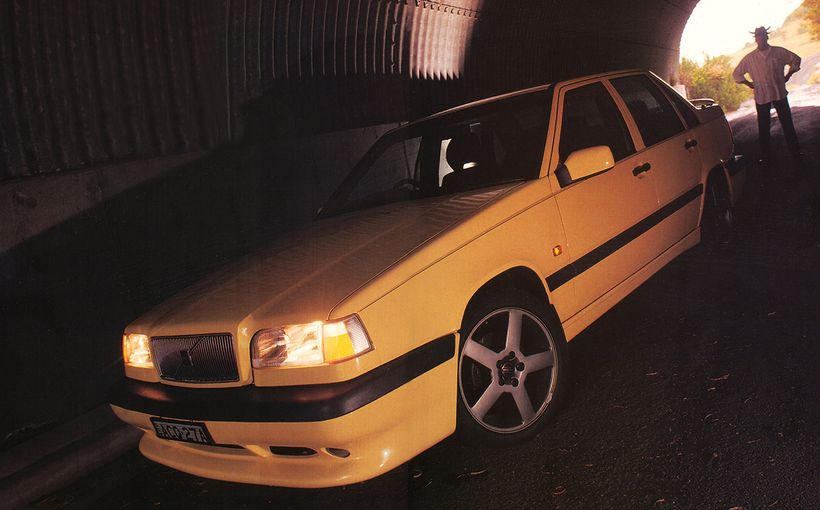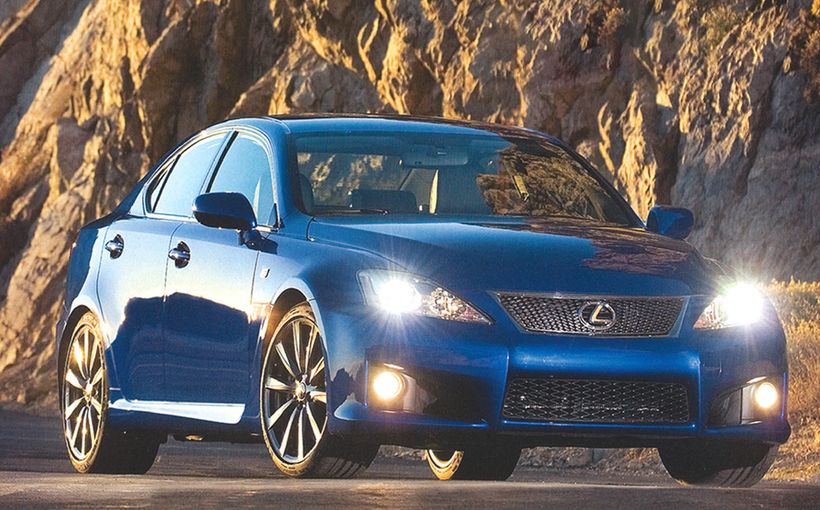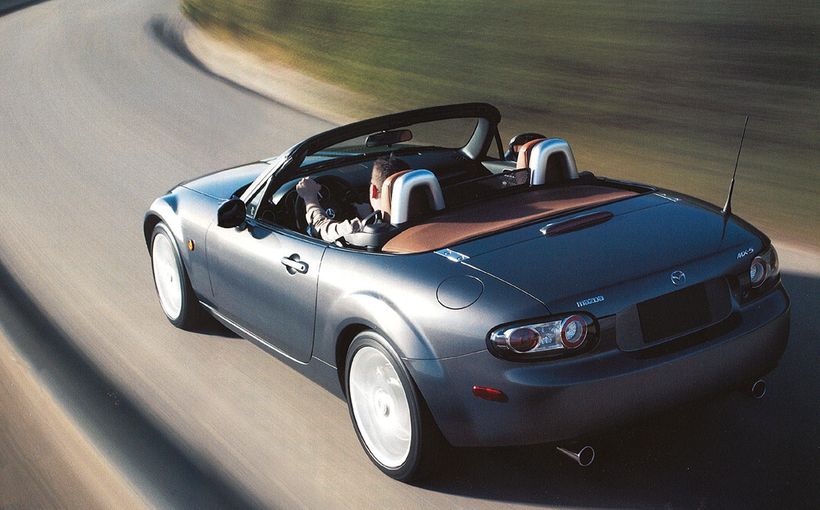
Coming up with a successor to success ain’t easy, and the Japanese have proven that sports cars are no exception.
Nissan’s second Z-car was lardy and soft, a very different machine from the stand-out original. Mazda’s second RX-7 picked up more than a little middle-aged spread, and today’s CRX in Australia is barely worthy of the name. But now, after eight years and 420,000-odd sales, Mazda has reinvented the world’s most popular sports car. Despite its basic spec and modest power, this car resuscitated an entire market segment. Without it, there would probably be no Z3, SLK, Barchetta or MGF today. The MX-5 has been even more important to the industry than it was to a troubled Mazda.
According to Japanese motoring tradition, the MX-5 should have been replaced by an all-new car by now, or at the very least had some sort of mid-life facelift. But the MX-5 has been such a success precisely because it is not traditional. Its popularity and relatively straightforward design meant it did not follow the traditional rule that says small cars make less profit than big ones. Mazda's reluctance to mess with a uniquely winning recipe was understandable.
Enter MX-5 program manager Takao Kijima. In July 1995, Kijima-san was dropped into the minefield. No stranger to Mazda's sports car range- he is also program manager for the RX-7- Kijima developed the rear suspension of the series three RX-7 and was on board with the original MX-5, where he headed the team that developed the car's suspension with proper double wishbones at each corner.

Kijima says he was "excited and at the same time more than a little scared" to be handed the MX-5 job. Fortunately, Kijima has always seen MX-5 as a concept centred upon simplicity and the importance of how the car feels rather than how the performance numbers read.
As a result, there has been a concerted effort to make the new MX-5 even more fun to drive than the original without over-complicating or adding too much weight.
The 'fun to drive' catchphrase that was the primary battle-cry during the original MX-5's development has evolved into 'lots of fun to drive'.
Overall weight is up by 10kg, an insignificant figure when you learn the car performs better in terms of energy management during crash-testing. The adoption of fixed conformal headlamps in place of the pop-ups allowed removal of the mechanism and motors and offered a saving of about 15kg.
Structural improvements help deal better with the weight increases which come with modifications to ensure the car's compliance with America's dynamic side-impact standard. The only visible evidence of this is the departure of the brace bar that sat between the seat backs and the top stack, its function now integrated into the new body structure.

While on the subject of the monocoque, the windscreen, header and most of the cowl have been carried over from the original car (along with the top armature and optional plastic hardtop), but the floorpan is not interchangeable with the current car's, although based on the san1e architecture.
Body dimensions are - with the exception of overall width - unchanged. This means it still rides on a 2265mm wheelbase, stands 1235mm high and is 3955mm long. At 1680mm, the car has only picked up 2.5mm on each side. Compared with Toyota's new MR-S, the new MX-5 is 105mm longer and 15mm taller but 15mm narrower.
Wheelbase of the mid-engined MR-S is longer than me Mazda at 2450mm, making this 185mm measurement the single greatest dimensional disparity between the two cars when layout is factored out of the equation.
Lanky drivers won't find much more cabin space than in today's MX-5. New seats have been recontoured and provide an 'incremental' increase in room for tall passengers, though the lack of a final number hints that this might only be a millimetre or two.
MX-5 owners are more likely to notice the improved boot layout and an increase - albeit slight- in boot capacity. The spare tyre (still a temporary mini-spare) lives in a recess under the lowered boot floor, with the battery also going 'underground' . The result is not a huge increase in volume, but a noteworthy improvement in useable space. The car is not as good as the Z3 or MGF in this regard, but the additional space are indeed welcome.

A quick glance at the spec sheet shows what appears to be a carryover mechanical package, but there are differences, some not so subtle. Though it has been left off the spec sheet here in Oz since its low-key return to the MX-5 factory in 1993, there's a 1.6 litre engine in the system.
Inflicted on developing markets such as the Philippines and the UK, this 'new' 1.6 is a castrated version of the original 85kW engine, but developing an anaemic 67kW.
The logic is that the low-output 1.6 would still give the 98kW 1839cm³ four 'room' in the marketplace. Though offered to Mazda distributors worldwide, the sharpies at Mazda Australia were unimpressed, as were the Americans and even the Japanese. In an effort to make the 1.6 a more palatable addition, the latest version will develop roughly 82kW at 6500rpm, a step in the right direction, but down from the mokuhyo (goal) the MX-5 development team had been targeting.
Of course, the reason they might have missed the 1.6's hoped-for output was that they had given priority to the 1.8 engine. Unchanged in displacement from the 1.8 you can buy now, the new engine has received internal changes, improvements to the earn profiles and a remapped engine management unit which raises engine output to 108kW at 6500rpm (a 12 percent increase) with peak torque of163Nm developed at 5000 revs for a 5.4 percent improvement.

As mentioned in last month's Wheels, it looks as though the new six-speed manual gearbox revealed in the Tokyo showcar won't be offered here.
Anticipated demand in Japan is certainly a factor as it is going to be capacity-constrained at start-up, though we've been told there are cost considerations, too. The 'snick-snick' remote-control gearchange has survived in the translation to six ratios, too. Hopefully we will see the six-speed before too long. At the rear, a Torsen limited-slip differential was fitted to the Tokyo showcar and is likely to be commonplace on Japanese domestic cars. Expect it as an extra-cost fitting in Oz.
Suspension of the new MX continues the double wishbone geometry at each comer, though most of the bits are new or heavily revised. A couple of pick-up points have been optimised and the whole setup has been returned to work with the new body structure and function better with 15in wheels and tyres.

We've only seen the new car with the 15in rubber (14s are still in the program, though we hope Mazda Australia will pass on them), and pictures just don't do it justice. Particularly in the orange metallic 'image' colour, this car is a knockout. The design came from Mazda Research & Development of North America in Irvine, California, and is the handiwork of American Ken Sayward. What you notice about the new car when you see it in person is how it has become a more muscular, tauter vehicle. But with elements such as the basic forms of the air intake and tail lamp graphics carried over, it's recognisably MX-5.
The interior likewise, though the step forward is certainly a smaller one than the exterior might suggest. Some models get white instrument faces - which we may or may not see here- but MX-5s the world over collect a pair of airbags. The driver's is an especially compact bag residing in a sharp-looking wheel that was jointly developed by Mazda and Nardi in Italy.
The good news inside continues; after a brief absence, the oil pressure gauge returns. The poxy 'mechanical lamp' seen on MX-5s for the past couple of seasons has been banished, and good riddance. A new arrival is a flip-up wind-deflector. It is likely to be an option here in Oz.

With the scheduled launch not happening before March, Mazda is saying nothing about prices. Mazda Japan cannot get too greedy in setting down prices for the local in1porters this time around. After all, they have a car which is cheaper to produce and are entering a market which – unlike the heady days of 1989 – is awash with competition.
On paper, Mazda has simply worked the details and left the whole well enough alone. Why mess with success? For example, the increases in engine output (with power and torque peaks generated at the same engine speeds as today's 1.8) should provide perceptibly improved performance despite the car's modest weight gain.
One engine-related improvement we noticed is the car's exhaust note. The musical tone of the original 1.6 litre MX-5 evaporated when the 1.8 was dropped in the engine bay. Well, the music's back, and when Kijima-san gave a blip of the throttle an ear-to-ear grin was elicited.
If anything, the new MX-5's exhaust note is slightly sexier than the original's. Kudos to Kijima-san and all his gang for paying attention to what might be considered an insignificant detail by many people in product development.
Go Back in time with the Wheel Archive. Get FREE access to 5 years of Wheels archive content now!  Protect your Classic. Call Shannons Insurance on 13 46 46 to get a quote today.
Protect your Classic. Call Shannons Insurance on 13 46 46 to get a quote today.









